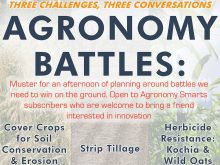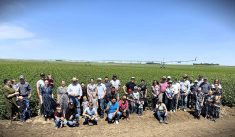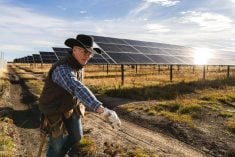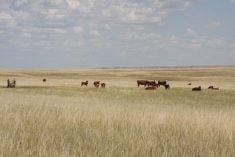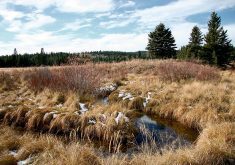The expectations were low but a grad student who surveyed western Canadian farmers who cover cropping hit a home run.
“When I started this project, I told (grad student) Callum (Morrison ) if we heard from 50 farmers I would be happy,” said Yvonne Lawley a University of Manitoba assistant professor and expert in cropping systems.
“Because of Callum’s relentless pursuit of cover croppers across every nook and cranny of the Prairies, we heard from over 528 farmers.”
Read Also
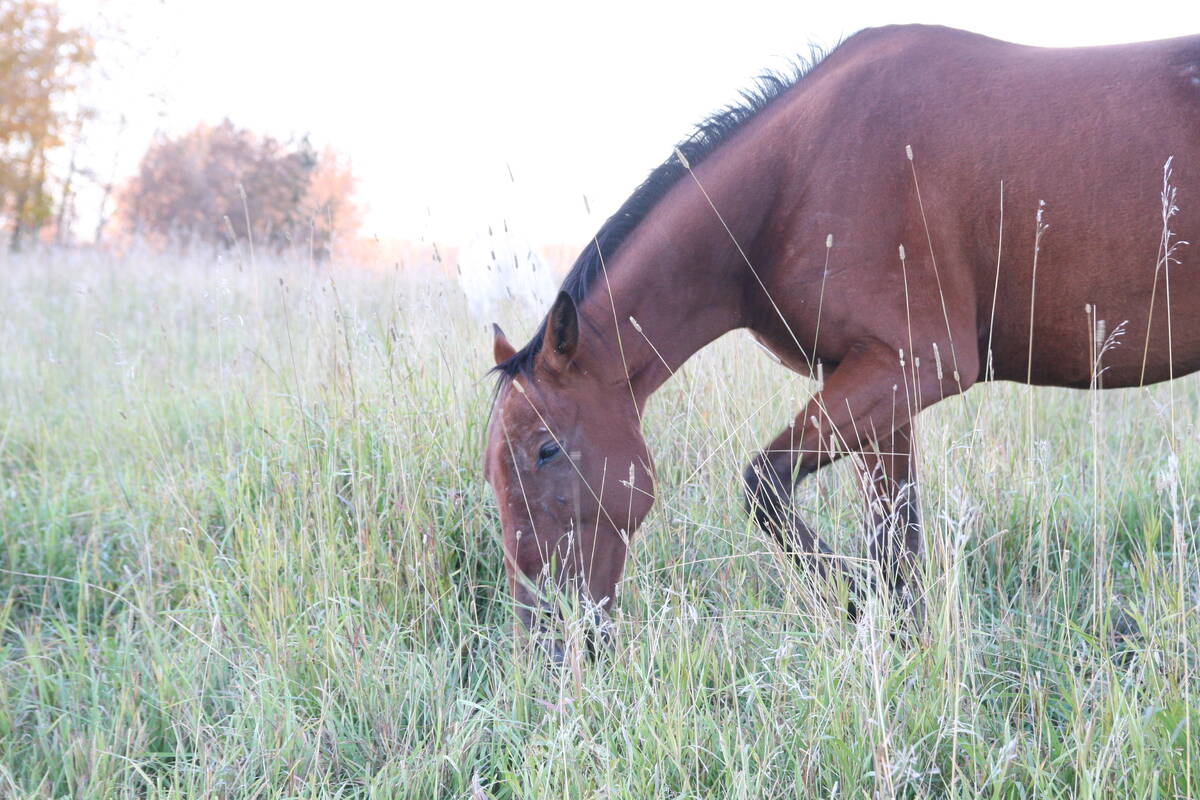
Beware giving horses too much iron
Horses consuming too much iron through diet or well water risk health problems like laminitis. Mineral testing forage and water is good practice for owners.
The survey focused on barriers to cover cropping and what might encourage more producers to employ the practice, which improves soil health as keeping living roots into the ground nurtures soil biota. The practice is gaining adherents across North America, but the short growing season on the Prairies present a major challenge.
“So we asked a lot of questions about the agronomy of these early adopters who were growing cover crops,” Lawley said. “We also asked them why are you doing this — and the most common response was focused on soils and soil health, increasing soil carbon and keeping living roots growing in the soil.”
The responses varied depending on the type of farmer.
“When talking to different audiences about cover crops, a lot of people, especially cash grain farmers, say that’s great but that’s for the grazers. It’s not really for me,” Lawley said. “And so Callum decided to look at the respondents who indicated that they were grazing cover crops versus those who said that they weren’t.”
Just over half of respondents said they intended to graze their cover crops. For a fall shoulder season crop, that would mean grazing them in the fall. A full season cover crop, grown during the following year, would be grazed at some point in the next season. Just over 40 per cent of the acres were for grazing but almost 60 per cent were not.
“Taking a look at how this splits out by cover crop type, we have a smaller percentage of the shoulder season cover crops that are intended to be grazed, whereas a larger percentage of the full season cover crops were intended to be grazed,” Lawley said.
“But one thing that really surprised me was just how many farms grew full season cover crops with no intention of grazing them and I think that’s something that I want to understand and learn more about in the future.”

Many of the early adopters said they saw agronomic benefits within three years. They reported reduced soil erosion, improved water infiltration as well as higher levels of soil organic matter and lower levels of weeds.
“These are the benefits that farmers are seeing that are motivating them to do this practice on their farm. I’m hoping to see some of these benefits in my long-term studies.”
Since cover crop agronomy is in its infancy this far north, there are a few wrinkles to iron out. The short growing season here tops the list but autumn tends to be dry, so soil moisture lost through late season transpiration is another factor. Then there’s the straight up costs for buying seed along with the time and cost of planting.
“We also asked these farmers what could we do to enable cover crop use on the Prairies,” she said. “Among the top responses related to compensation, paying for storing carbon, tax credits as well as research specific to the Prairies for cover crops.”
As crop scientists do more research and farmers do more experimenting themselves, there is a need for local networks and local farm tours to spread the knowledge.
“Callum really likes this point,” said Lawley. “Although there are challenges, no farmer who responded to the survey said that their old system — where they were doing things without cover crops — worked better.
“I think that’s a strong motivating signal to continue adapting this work for the Prairies.”



